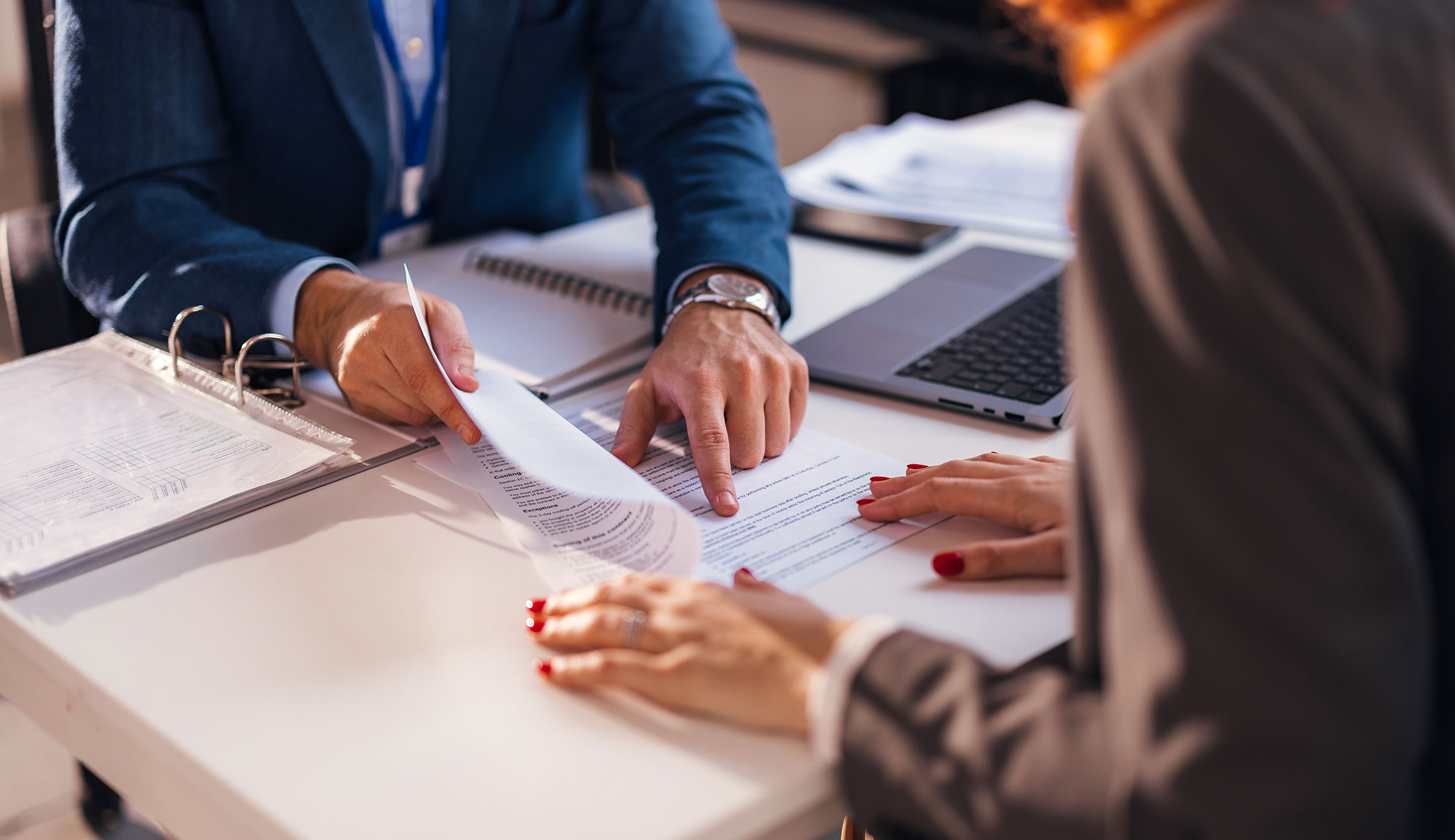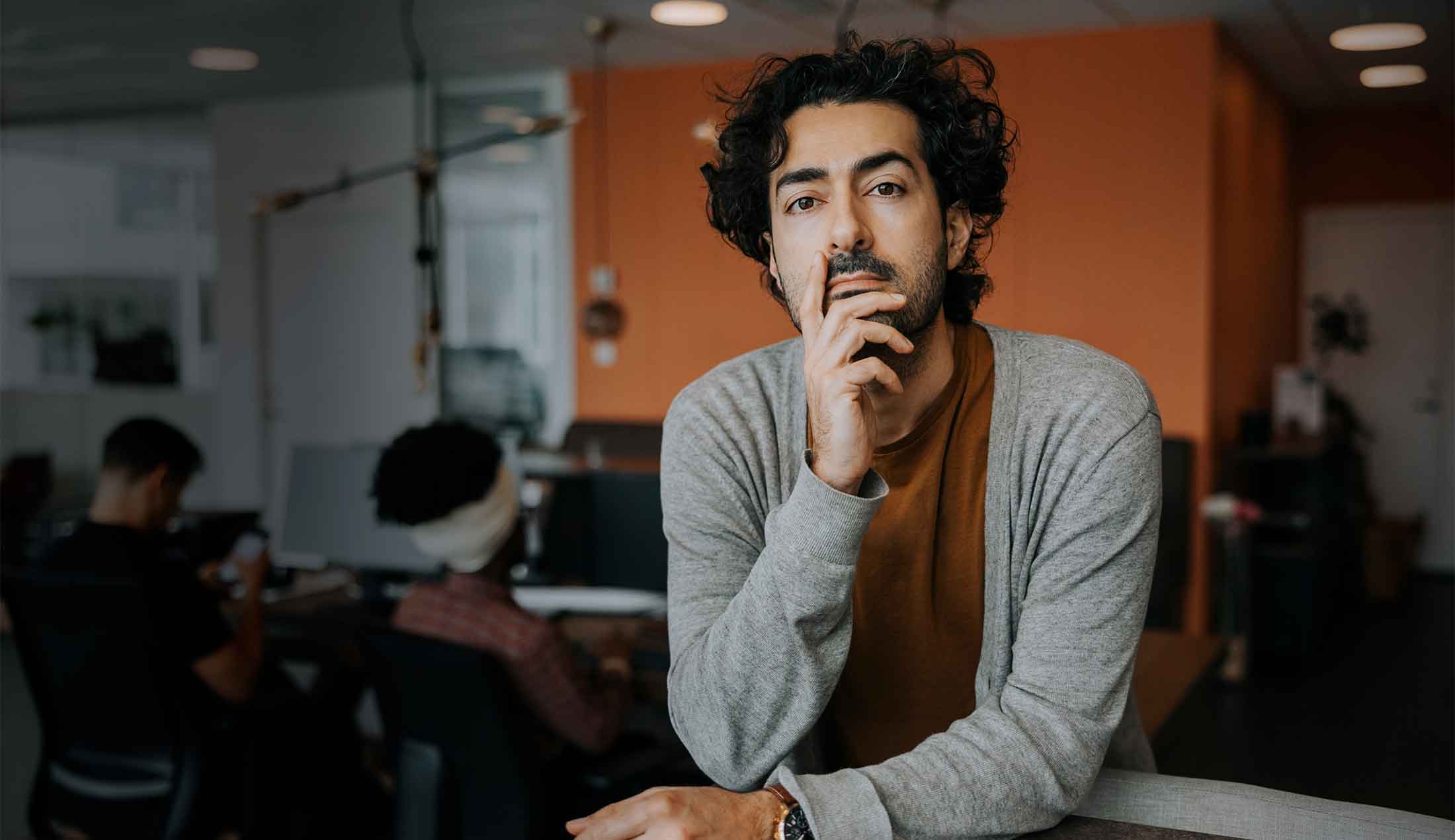
Published
- Financing
- Guarantees
“Working with EKN was the big unlock”
Mining one of the world’s largest copper discoveries in an environment like the Democratic Republic of the Congo, requires a thorough environmental and social due diligence and a comprehensive project sustainability agenda.
The Kamoa-Kakula Copper Project — a joint venture between Ivanhoe Mines (39.6%), Zijin Mining Group (39.6%), Crystal River Global Limited (0.8%) and the Government of the Democratic Republic of Congo, DRC (20%) — has been independently ranked as the world's largest, undeveloped, high-grade copper discovery by international mining consultant Wood Mackenzie. It is a very large, near-surface, flat-lying, stratiform copper deposit with adjacent prospective exploration areas within the Central African Copperbelt, approximately 25 kilometres west of the town of Kolwezi and about 270 kilometres west of the provincial capital of Lubumbashi.
At first glance, the upside of the project looks overwhelming: A greenfield discovery of high-grade copper orebody almost the size of Manhattan (in the first phase alone) in a geologically beneficial setting, estimated to yield some 11 billion USD in five development phases over 40 years. The challenge? The DRC is a complex, emerging-market environment requiring a thorough environmental and social due diligence and a comprehensive project sustainability agenda.
Standard Bank in South Africa is one of few regional banks with a fully fledged banking operation in the DRC. Ralph Gunn, Senior Manager Export Credit, Energy and Infrastructure Financing, explains why the bank stepped in as lead arranger in the funding:
“We look to drive Africa’s growth, identify opportunities and enable them. The bank’s history on the continent and our current local presence allows us to have insights into the risks involved.”
Ivanhoe Mines made the discovery in 2007 and jointly manages the development with its partner Zijin Mining. Most of the underground equipment is sourced from Sweden’s Epiroc and Sandvik, which made it eligible for support from EKN and The Swedish Export Credit Corporation (SEK).
Gunn says the transaction took 18 months to negotiate. “It takes time to understand how the client navigates possible difficulties and work with regulators and local communities, but the depth of skills on part of the operator gave us comfort.”
The transaction amounts to 176 million EUR in financing of the first two of the planned five phases of the Kamoa-Kakula deposits.
Commitment and creativity
Not all ECA’s are willing to cover risk in the DRC, but EKN is. This is why. “Even in very high-risk markets we see some good business opportunities, and this is the largest known undeveloped copper deposit in the world. There is a robust business plan with realistic assumptions, which we have verified through external technical consultants.”
Gunn adds: “The fact that the project is currently ahead of schedule is a positive sign testifying both to the expertise of the project team and the quality of the orebody in terms of accessibility and purity.”
Financially strong shareholders also played into the picture. Kamoa Copper is owned and managed by a joint venture between Zijin and Ivanhoe Mines, together with the DRC Government. CITIC Metal has an indirect participation through its investment in Ivanhoe Mines. The shareholders have already invested over 2 billion USD in exploration and development costs. “The upfront costs in mining are tremendously high and the payback time is normally long, but given the high-grade nature of the orebody, in this case the payback period is shorter than one would normally expect. The owners’ commitment made it easier for EKN to join, since it limits our facility to covering only 4-5 percent of the capital cost,” says EKN's underwriter.
Based on the sizable financial commitment from the shareholders, EKN decided to cover as much as 90 percent of the credit risk in the equipment financing (the standard cover for project risk is 75 percent). Standard Bank takes on 5 percent and the equipment exporters the remaining 5 percent. SEK takes over the liquidity function from Standard Bank once each drawdown takes place, and new loans are created to match the value of each specific equipment delivery. “It is quite an advanced financial structure with seven tranches featuring different repayment profiles in compliance with OECD regulations,” says EKN's underwriter and Gunn agrees: “The highly structured transaction setup is arguably a demonstration of the commitment and creativity of the project partners.”
Commercial production is on the horizon and the first copper concentrate is expected to ship in June 2021. Sandvik provides 49 percent of the equipment to the first two phases, and Epiroc 32 percent. In addition, Finnish Normet supplies 19 percent. “The collaborative efforts with the exporters on the financing have been very innovative and for many of us a first,” notes Gunn and adds, “Exporters don’t usually participate to this extent in the financial structuring discussions.”
Shared values
Tony Clarke, Sandvik Financial Services Manager EMEA, says, “The opportunity to be an equipment supplier to what in the future will hopefully be regarded as one of the world's premier copper projects was obviously a large incentive.”
Clarke adds that the project fits well with Sandvik’s wish to support projects that are not only attractive purely from an economical sense. “Here we saw a long-term opportunity to partner with a miner who is committed to implementing low-carbon emission technologies to develop and operate their mines.”
To Epiroc, the project’s strong ESG profile was equally important. “We have shared values and culture including our Code of Ethics, a shared commitment to UN Global Compact and like us, Kamoa is very committed to working with local communities,” says Henry Ngugi, Regional Director at Epiroc.
Johan Strydom, Director Sub-Saharan Africa at Normet says, “We are proud to be associated with a world-class mine with leadership in safety, sustainability and productivity. Our partnership with Kamoa in building a mine that will support local communities and minimise carbon emissions is a model we believe can be utilised elsewhere in the world as well. We appreciate the support from both EKN and SEK in finalising the arrangement with Kamoa.”
The other suppliers agree. “By providing export insurance cover from the beginning, EKN helped us become one of the core mining equipment suppliers to the mine,” says Ngugi and adds that “this has opened long-term relationship and sustainable business in terms of spare parts, rock drilling tools, technical support and training, and of course we shall continue supplying further equipment to fulfil the mine’s expansion ambitions.”
As for Sandvik, Clarke views the relationship with the Swedish export credit system as a partnership: “We leverage each other’s strengths in providing outcomes for the customer. There is no doubt that the support of the system is key to many of our large and complex transactions and helps increase the overall competitiveness of our offering.”
Low carbon footprint
Standard Bank’s Gunn notes that the choice of equipment from sustainability-focused suppliers reflects the project’s overall drive towards a low carbon footprint. The lenders and EKN have a shared commitment to international standards regarding environmental and social review of projects and have assessed compliance with standards from the International Finance Corporation and Equator Principles.
Modern mining in the digital era is as much about data as it is about drilling. Hence, the sort of skills required in local communities serving the copper mine goes far beyond manual labour. “The project is driving economic projects in the community,” says Gunn. “Kamoa Copper has built up a whole eco-system to make use of the skills and resources of the local community, it’s an impressive approach.”
Sandvik’s Clarke testifies to this: “We have witnessed many benefits to local communities such as investments made in renewable energy, agriculture and education.”
Also contributing to local skills are Epiroc’s site-based rock drill repairs workshop, and a hose workshop to provide the hydraulic hose services and reduce downtime. “We have invested in a large workshop and warehouse in nearby Kolwezi where we will be able to undertake more extensive operations such as major components and complete equipment rebuilds,” says Ngugi.
Looking ahead, the demand for copper is likely to continue growing on the back of the transformation to renewable energy and electric vehicles, both of which rely on copper for many components.
The involvement of EKN and SEK was instrumental, Gunn concludes: “Working with them was the big unlock to getting the transaction into place, we would not have done this completely on our own, no matter how familiar we are with the local specifics. All of us brought different skills to the table, we complement each other as financers and we’re able to look at the transaction from different angles.”
New digital application process
In applying for the buyer credit guarantee covering 90 percent of the 176 million EUR transaction, Standard Bank became the first institution to use EKN’s new completely digital application process.
“We’re excited about it”, comments Ralph Gunn, Senior Manager Export Credit, Energy and Infrastructure Financing, adding that, “EKN has streamlined the application process and the efficiency with which it operates. The new process definitely brings increased transparency and it may inspire other ECAs to address perceptions about slowness. EKN is at the forefront in challenging that perception, and their digital application experience is yet another example.”
Learn more about EKN's guarantees

Buyer Credit Guarantee
The Buyer Credit Guarantee in favour of banks covers non-payment by the borrower under the Credit Agreement.
Buyer Credit Guarantee
EKN's guarantees
EKN's guarantees reduce the risk of payment defaults and help banks support businesses. Which guarantee suits your needs?
EKN's guarantees